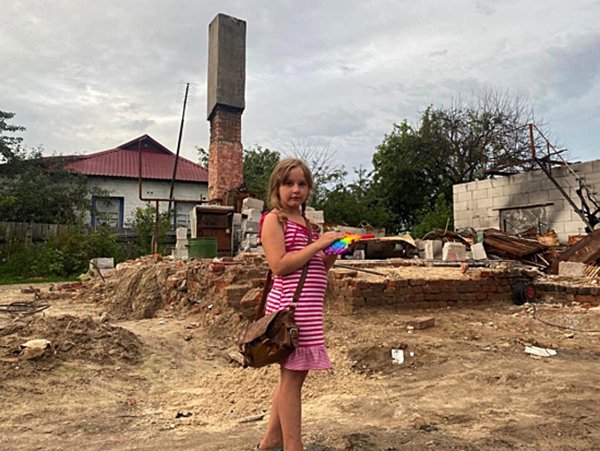By Irwin Redlener and Karen Redlener
On September 1, children across war-torn Ukraine returned to school — or at least that was the goal. The reality, however, is that some two out of three of the country’s children have been forced from their homes by a brutal war that has rained terror on their communities. Apartment buildings were bombed. Schools and hospitals were destroyed. Families dodged missiles and bullets in mad attempts to find food and safe water.
Many children in Ukraine — and those who fled the country altogether — have missed the last half year of the 21-22 school year. Yes, we know that disrupted school has been part of what’s happened around the world during the pandemic. The stark difference for children in a war, however, is layer upon layer of additional trauma, uncertainty, fear, and loss.
To this day, not all families have escaped from the cities under siege because trains and buses have slowed to a trickle in many parts of eastern and southern Ukraine. Bridges and roads in some places have been destroyed, so even travel by car — if you could find gas — is perilous.
For those families that have made it to the relative safety in western Ukraine or as refugees to Poland and other countries of the region, many challenges remain. It’s not just the children – but also their families and their teachers – that have felt the brunt of this brutal war in terms of prolonged psychological trauma. If you’re not familiar with this term, recall the concept of “shell shocked,” an affliction that plagued combat troops in WWII. But whatever you call it, many of Ukraine’s children have been through experiences that no child should ever need to endure.
How different is the opening day of the new school year for the children of the Upper Westside of New York City?
As seen in the:




